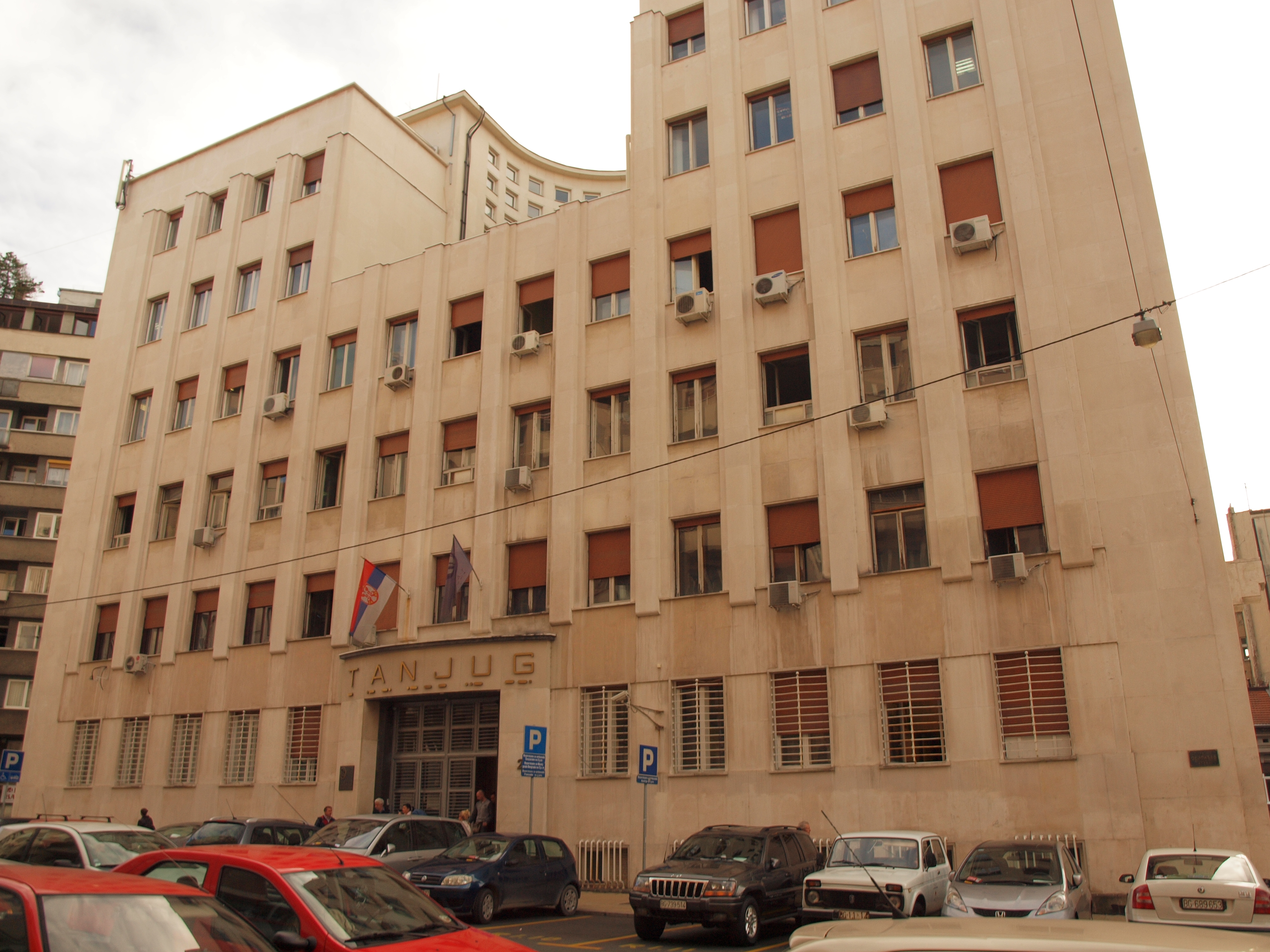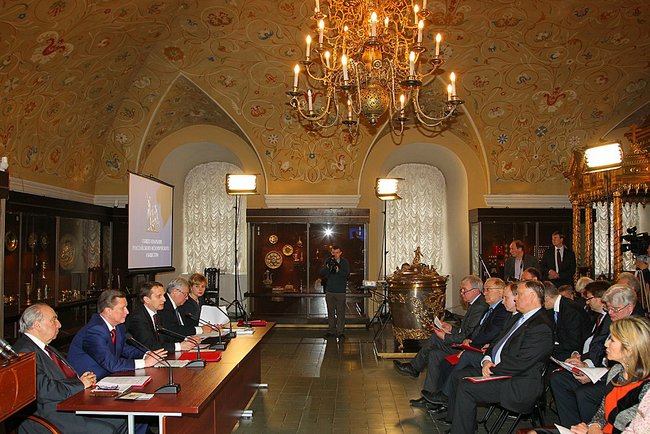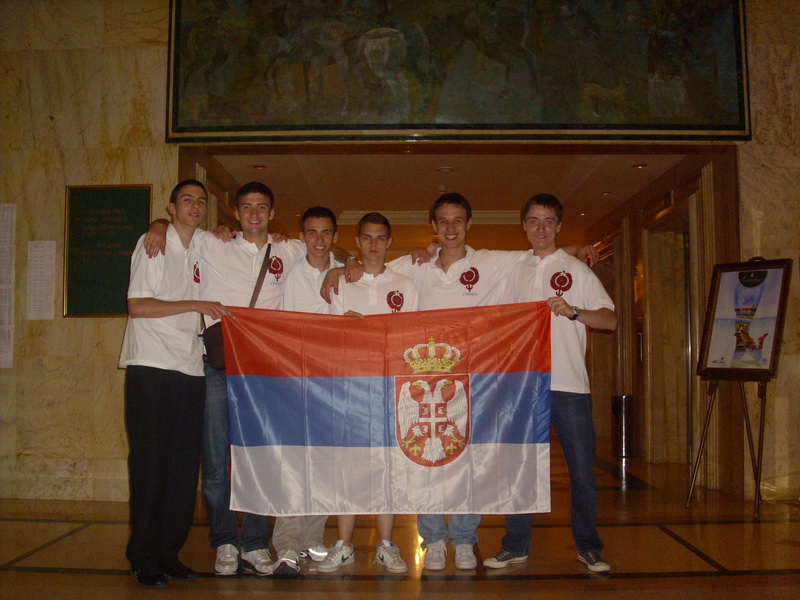|
Park Aleksandrov
Park Aleksandrov ( sr, Парк Александров) is a park in Belgrade, a capital of Serbia. It is situated in the sole center of the city, along the main ''Kralja Milana'' street. Named Devojački Park until 2017, it is located in the municipality of Stari Grad. Location The park is bounded by the streets of ''Kralja Milana'' on the east, ''Kosovke devojke'' on the north and ''Kraljice Natalije'' on the west. Southern edge is bordered by the old building of the National Assembly of Serbia. Name and history Park Aleksandrov is one of the newer parks in the city. It was formed in the 1950s and 1960s when the "Simić’s House", seat of the former Russian mission to Belgrade (and after World War II a trade representation of the Soviet Union), was demolished. The lot was purchased by Stojan Simić in the late 1830s. Simić was a politician and a businessman, member of the influential Simić family, notable in the 19th century Serbia, both in politics and culture. In ... [...More Info...] [...Related Items...] OR: [Wikipedia] [Google] [Baidu] |
Stari Grad, Belgrade
Stari Grad ( sr-Cyrl, Стари Град, ) is a municipality of the city of Belgrade. It encompasses some of the oldest sections of urban Belgrade, thus the name (‘’stari grad’’, Serbian for “old city”). Stari Grad is one of the three municipalities that occupy the very center of Belgrade, together with Savski Venac and Vračar. History Despite some of the oldest sections of Belgrade belong to Stari Grad, the municipality itself is among the latest urban ones formed administratively. It was formed by the merger of the municipality of Skadarlija and part of the municipality of Terazije on January 1, 1957. Geography Stari Grad occupies the ending ridge of Šumadija geological bar .The cliff-like ridge, where the fortress of Kalemegdan is located, overlooks the Great War Island and the confluence of the Sava river into the Danube, and makes one of the most beautiful natural lookouts in Belgrade. With Novi Beograd, it is one of 2 municipalities of Belgrade (out ... [...More Info...] [...Related Items...] OR: [Wikipedia] [Google] [Baidu] |
Commemorative Plaque
A commemorative plaque, or simply plaque, or in other places referred to as a historical marker, historic marker, or historic plaque, is a plate of metal, ceramic, stone, wood, or other material, typically attached to a wall, stone, or other vertical surface, and bearing text or an image in relief, or both, to commemorate one or more persons, an event, a former use of the place, or some other thing. Many modern plaques and markers are used to associate the location where the plaque or marker is installed with the person, event, or item commemorated as a place worthy of visit. A monumental plaque or tablet commemorating a deceased person or persons, can be a simple form of church monument. Most modern plaques affixed in this way are commemorative of something, but this is not always the case, and there are purely religious plaques, or those signifying ownership or affiliation of some sort. A plaquette is a small plaque, but in English, unlike many European languages, the term i ... [...More Info...] [...Related Items...] OR: [Wikipedia] [Google] [Baidu] |
Tanjug
Tanjug (/'tʌnjʊg/) ( sr-cyr, Танјуг; sometimes stylized as TANJUG) was a Serbian state news agency based in Belgrade, which officially ceased to exist in March 2021. Since then, Belgrade based private company Tanjug Tačno, acquired the rights to use the intellectual property rights and trademarks of the former agency. History Founded on 5 November 1943 as Yugoslavia's official news agency, its name is an acronym of its full original native name '' Telegrafska agencija nove Jugoslavije'' ("Telegraphic Agency of New Yugoslavia"). From 1975 to the mid-1980s, Tanjug had a leading role in the Non-Aligned News Agencies Pool (NANAP), a collaborating group of news agencies of the Non-Aligned Movement (NAM). Tanjug professionals helped equip and train journalists and technicians of state media in other NAM countries, mainly in Africa and South Asia. On 31 October 2015, according to media reports, Tanjug ceased its operations due to financial problems. Soon after, state secret ... [...More Info...] [...Related Items...] OR: [Wikipedia] [Google] [Baidu] |
Blic
''Blic'' (Cyrillic: Блиц, ) is a daily middle-market tabloid newspaper in Serbia. Founded in 1996, ''Blic'' is owned by Ringier Axel Springer Media AG, a joint venture between Ringier media corporation from Switzerland and Axel Springer AG from Germany. Ownership The initial owners of ''Blic'', Austria-based businessmen Aleksandar Lupšić and Peter Kelbel, sold the paper along with its parent company Blic Press d.o.o. in November 2000 to Gruner + Jahr, a German publishing firm majority-owned by the Bertelsmann conglomerate, right after the October 5th overthrow in Serbia. Initially, G+J bought 49% stake in Blic Press d.o.o., but eventually bought the remaining stake as well. In March 2003, Gruner + Jahr sold its 25.1% stake in Blic Press d.o.o. to Vienna Capital Partners (VCP) [...More Info...] [...Related Items...] OR: [Wikipedia] [Google] [Baidu] |
Imperial Russian Historical Society
The Imperial Russian Historical Society (Russian - Императорское Русское историческое общество) was a public organization of Imperial Russia. It was subject to the jurisdiction of the Ministry of National Education. It was founded in 1866 and dissolved in 1917. It published studies on Russian history and historical documents connected with the Imperial Russian state. It is most notable as the publisher of the ''Russian Biographical Dictionary''. Its emblem was an image of the Monument to Minin and Pozharsky. History 19th century It was founded in March 1866 by local and military historians and government officials, with its charter approved on 23 May 1866 by Alexander II of Russia and stating its purpose as being "to contribute fully to the development of education in Russian national history". The Society received the highest approval of Alexander II and by his consent it promoted the development of civic education in Russia. On 24 Novem ... [...More Info...] [...Related Items...] OR: [Wikipedia] [Google] [Baidu] |
Nicholas II Of Russia
Nicholas II or Nikolai II Alexandrovich Romanov; spelled in pre-revolutionary script. ( 186817 July 1918), known in the Russian Orthodox Church as Saint Nicholas the Passion-Bearer,. was the last Emperor of Russia, King of Congress Poland and Grand Duke of Finland, ruling from 1 November 1894 until his abdication on 15 March 1917. During his reign, Nicholas gave support to the economic and political reforms promoted by his prime ministers, Sergei Witte and Pyotr Stolypin. He advocated modernization based on foreign loans and close ties with France, but resisted giving the new parliament (the Duma) major roles. Ultimately, progress was undermined by Nicholas's commitment to autocratic rule, strong aristocratic opposition and defeats sustained by the Russian military in the Russo-Japanese War and World War I. By March 1917, public support for Nicholas had collapsed and he was forced to abdicate the throne, thereby ending the Romanov dynasty's 304-year rule of Russia (1613 ... [...More Info...] [...Related Items...] OR: [Wikipedia] [Google] [Baidu] |
Adrian And Natalia Of Nicomedia
Adrian of Nicomedia (also known as Hadrian) or Saint Adrian ( el, Ἁδριανὸς Νικομηδείας, Adrianos Nikomēdeias, died 4 March 306) was a Herculian Guard of the Roman Emperor Galerius Maximian. After becoming a convert to Christianity with his wife Natalia (Ναταλία), Adrian was martyred at Nicomedia in Asia-Minor (Turkey). Hadrian was the chief military saint of Northern Europe for many ages, second only to Saint George, and is much revered in Flanders, Germany and the north of France. Martyrdom Adrian and Natalia lived in Nicomedia during the time of Emperor Maximian in the early fourth century. The twenty-eight-year-old Adrian was head of the praetorium. It is said that while presiding over the torture of a band of Christians, he asked them what reward they expected to receive from God. They replied, "Eye hath not seen, nor ear heard, neither have entered into the heart of man, the things which God hath prepared for them that love him." ... [...More Info...] [...Related Items...] OR: [Wikipedia] [Google] [Baidu] |
Maria Of Yugoslavia
Maria of Yugoslavia (born Princess Maria of Romania; 6 January 1900 – 22 June 1961), known in Serbian as Marija Karađorđević ( sr-cyr, Марија Карађорђевић), was Queen of the Serbs, Croats and Slovenes, later Queen of Yugoslavia, as the wife of King Alexander from 1922 until his assassination in 1934. She was the mother of Peter II, the last reigning Yugoslav monarch. Her citizenship was revoked, and her property was confiscated by the Yugoslav communist regime in 1947, but she was "rehabilitated" in 2014. Early life Maria was born on 6 January 1900, at Friedenstein Palace in Gotha, a town in Thuringia, in the German Empire. She was named after her maternal grandmother, Grand Duchess Maria Alexandrovna of Russia, and was known as ''Mignon'' in the family to distinguish her from her mother. Her parents were Princess Marie of Saxe-Coburg-Gotha and Prince Ferdinand of Hohenzollern-Sigmaringen. In 1914, after the death of Carol I, her parents became King ... [...More Info...] [...Related Items...] OR: [Wikipedia] [Google] [Baidu] |
Russian Center Of Science And Culture, Belgrade
sh, Руски дом, translit=Ruski dom , image = Ruski dom, Beograd.jpg , image_alt = Russian House (Ruski dom) , image_size = 310px , caption = General view of The Russian House , former_names = Emperor Nicholas II's Russian House (1933-45)House of Soviet culture (1945-94) , alternate_names = Russian Center of Science and Culture , building_type = Public building , architectural_style = neoclassicism , cost = , location = Serbia, Belgrade, Stari Grad , address = Belgrade, Queen Natalia str., 33 , client = , owner = Rossotrudnichestvo of Russian Ministry of Foreign Affairs , current_tenants = , coordinates = , start_date = June 22, 1931 , completion_date = , inauguration_date = April 9, 1933 , demolition_date = , height = , diameter = , other_dimensions = , floor_co ... [...More Info...] [...Related Items...] OR: [Wikipedia] [Google] [Baidu] |
Matematička Gimnazija
Mathematical Grammar School ( sr, Математичка гимназија Београд, Matematička gimnazija Beograd, abbr. "MG" or "MGB"), is a special school for Intellectual giftedness, gifted and talented students of mathematics, physics and Informatics (academic field), informatics located in Belgrade, Serbia. It is ranked number one at International Science Olympiads by the number of medals won by its students (more than 400). The School has developed its own Matematička gimnazija#Curriculum and core subjects, Mathematical Grammar School CurriculumMathematical Gymnasium Belgrade – Academic Curriculum webpage Accessed: 1 March 2011. . Permalink. [...More Info...] [...Related Items...] OR: [Wikipedia] [Google] [Baidu] |




